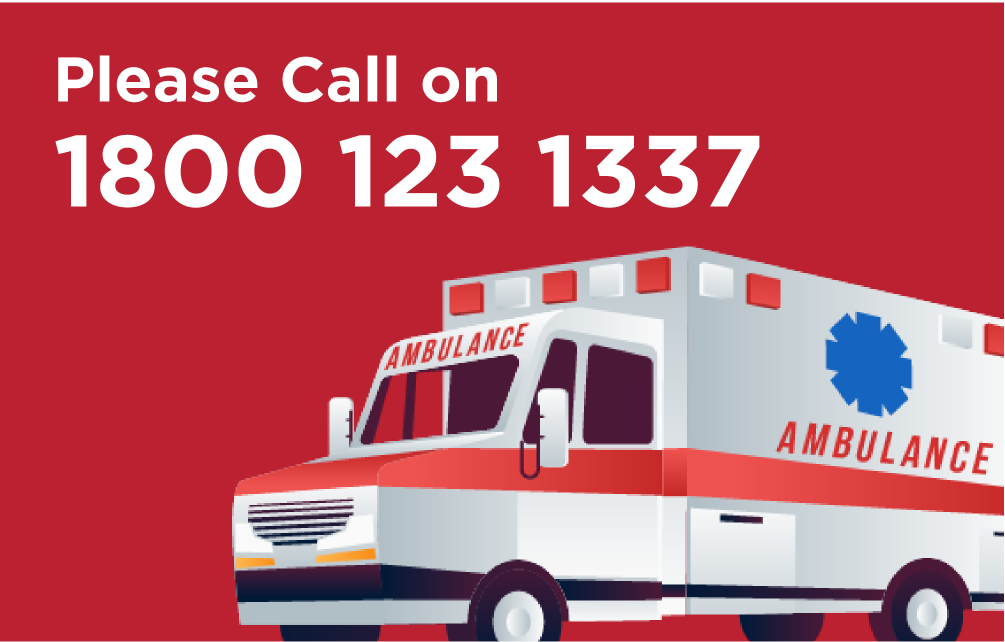What is Pulmonary Edema? Symptoms, Causes & Treatment

Difficulty in breathing is a common complaint these days, with rising pollution coupled with the onset of winter. Though not all cases are severe and require medical attention, if you constantly find it hard to breathe, and gasp for breath mostly with the problem becoming worse when you lie down, you must seek medical help immediately. It could be a sign of pulmonary edema!
Know what exactly pulmonary edema is!
Pulmonary edema is a condition in which the lungs accumulated with fluid, making it difficult to breathe. It’s also called lung congestion, lung water, and pulmonary congestion. When pulmonary edema occurs, the body struggles hard to get enough oxygen and the person starts feeling shortness of breath.
Most cases of pulmonary edema are because of heart problems. But fluid can accumulate for other reasons also, including pneumonia, exposure to certain toxins and medication, trauma to the chest wall, and visiting or exercising at high altitudes.
Pulmonary edema can be acute or chronic. In case of acute pulmonary edema, it is classed as a medical emergency needing immediate attention.
Read on to learn about the symptoms, causes, and treatment of pulmonary edema.
Symptoms of pulmonary edema
The symptoms can appear suddenly or develop over time, depending upon the particular cause of the condition.
Long-term pulmonary edema
- Shortness of breath while performing a physical task
- Difficulty in breathing, especially when lying down
- Episodes of feeling breathless when waking up at night
- Wheezing
- Rapid weight gain, especially in the legs
- Swelling in the body, especially in the lower part
- Fatigue
High-altitude pulmonary edema
It is a kind of pulmonary edema that happens due to the lack of oxygen when traveling to higher altitudes. Symptoms include:
- Headaches
- Rapid and irregular heartbeat
- Shortness of breath after exertion
- Coughing
- Difficulty walking uphill
- Difficulty walking on flat surfaces
- Fever
Note: If you face any such symptoms on your trip to the hills, get emergency assistance in case the symptoms start to get worse.
Know when it is an emergency
Acute pulmonary edema develops suddenly, and if left untreated, the fluid in your lungs can also cause you to drown. Therefore, seek immediate medical help if you experience any of the below signs and symptoms.
- Feeling of suffocation
- Extreme difficulty in breathing
- Anxiety
- A pink cough mix of saliva and mucus
- Chest pain
- Sweating along with breathing difficulties
Causes of pulmonary edema
The most common cause is congestive heart failure- when the heart can no longer pump blood properly throughout the body. This creates pressure in the small blood vessels of the lungs, which causes the vessels to leak fluid. When fluid fills your lungs, they cannot put oxygen into the bloodstream, depriving the rest of the body of the oxygen it needs.
Other medical conditions that can cause pulmonary edema include:
- Hypertension
- Heart diseases
- Damaged heart valves
- Pneumonia
- Sudden high blood pressure
- Kidney damage/failure
- Lung damage
Other external factors that can cause pulmonary edema include:
- High altitude exposure
- Drug overdose
- Lung damage caused by inhalation of toxins
- Severe trauma
- Major injury
Who is more prone to Pulmonary Edema?
People with heart problems are at a higher risk for pulmonary edema. Some of the factors, apart from heart issues, include:
- History of pulmonary edema
- History of lung diseases like COPD
- Vascular or blood disorders
Diagnosis of Pulmonary Edema
If you suffer from any of the symptoms stated above, it’s time for you to get diagnosed with pulmonary edema.
Your doctor will look for fluid in your lungs or symptoms caused by its presence. For the diagnosis, the patient would have to undergo a physical examination first. In the physical exam, the doctor will use a stethoscope to check the lungs for crackles and rapid breathing, and the heart for abnormal rhythms.
Your doctor might also:
- Look at your neck for fluid buildup and also your legs and abdomen for swelling
- Check if you have pale or blue-colored skin
- Discuss your symptoms in detail and ask about your medical history.
If they believe you have fluid in your lungs, they will ask you for additional tests.
Some of the tests your doctors can ask you to get done:
- Complete blood count
- Echocardiogram or an ultrasound (to check your heart activity)
- Chest X-ray (to see fluid)
- Blood tests (to check oxygen levels)
- ECG to look for heart problems or some other signs of a heart attack
Treatment of Pulmonary Edema
Pulmonary edema is a serious condition that needs quick treatment.
Oxygen is the first line of treatment if you are suffering from pulmonary edema. Your healthcare team would deliver 100 percent oxygen to you through an oxygen mask, nasal cannula, or positive pressure mask.
Your doctor will also diagnose the cause of pulmonary edema and then prescribe the appropriate treatment for the underlying cause.
Depending on your condition, your doctor may also give:
- Preload reducers – to decrease pressures from the fluid going into your heart and lungs
- Afterload reducers – to dilate your blood vessels and take pressure off your heart
- Heart medications – to control your pulse, reduce hypertension, and relieve pressure in arteries and veins
- Morphine – to relieve anxiety and shortness of breath
If the condition is severe, it may require intensive or critical care.
Prevention of pulmonary edema
You can’t completely prevent pulmonary edema. Those at high risk should seek immediate attention if they develop symptoms of this condition.
The best way to prevent pulmonary edema is by taking good care of your health. Follow these tips:
- Get a pneumonia vaccine
- Get flu vaccine, if you have heart problems or if you are old (above 50)
- To prevent the re-occurrence of pulmonary edema, be on diuretics
You can also decrease your risk for heart failure, which is the most common cause of pulmonary edema by:
- Visiting your doctor regularly
- Not smoking
- Not using recreational drugs
- Exercising regularly
- Incorporating healthy foods into your diet
- Maintaining a normal weight
At Regency Healthcare, we are always there for you!
If you experience any of the symptoms of pulmonary edema, connect with our pulmonology department and get immediate help. Don’t delay the diagnosis, as most cases are severe and can prove to be fatal if not treated in time.

 Call-an-Ambulance
Call-an-Ambulance



